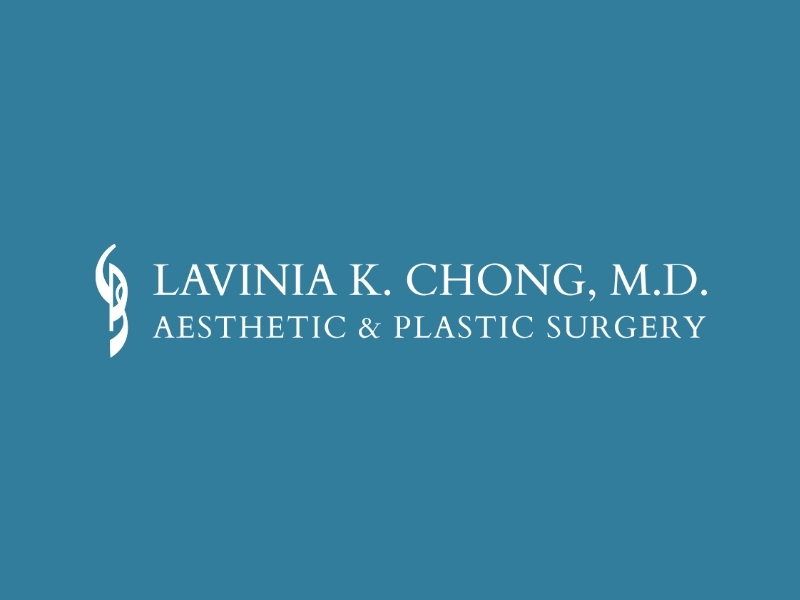 “Cosmeceutical” is a neologism, a word combining cosmetic and pharmaceutical and applied to products, which contain biologically active ingredients, purported to have medical and/or antiaging benefits. The term applies exclusively to topical products such as lotions, creams, serums, ointments. Dermatological research intimates that this class is superior to traditional moisturizers, however the fact is that the FDA does not recognize the term “cosmeceutical”; it has no meaning under the law.
“Cosmeceutical” is a neologism, a word combining cosmetic and pharmaceutical and applied to products, which contain biologically active ingredients, purported to have medical and/or antiaging benefits. The term applies exclusively to topical products such as lotions, creams, serums, ointments. Dermatological research intimates that this class is superior to traditional moisturizers, however the fact is that the FDA does not recognize the term “cosmeceutical”; it has no meaning under the law.
Cosmetic ads state the “problem”: dull, freckled, wrinkly skin and position their cosmeceutical as the “solution”. Hoping to be revived by the “fountain of youth”, consumers accept the “message” and pay premium for high performance “lotions and potions”. It’s an emotional transaction, not heavily rooted in reason but rather influenced by the dream of perpetual youth. Claims are largely unsubstantiated but more importantly, cosmeceuticals are not subject to the same vigorous testing for efficacy and safety as pharmaceuticals, but they are not because the cost, intensity and standards for approval of a drug would be prohibitive.
“Food, Drug and Cosmetic Act” defines drugs as those products that cure, treat, mitigate or prevent
disease or that affect the structure or function of the human body.
Furthermore, the Federal Trade Commission can impose punitive action on manufacturers who claim their cosmeceutical has drug properties. Accordingly, corporate entities ranging from Neutrogena to La Mer walk a narrow gang plank rebuffing the scrutiny of regulatory agencies while stimulating desire and establishing themselves as the leaders in their field. There are offerings for every pocketbook but what are the components? An informed consumer should realize that labels list ingredients in the order of their highest percentage composition.
I’m selfeducated, learning how to discern which chemicals are biologically active, preservatives or “fluff”, in order to become a knowledgeable skin care consultant. The fundamentals of cleansing, exfoliating, moisturizing and protection (sunscreen) are relatively underappreciated but easy to incorporate. Sunscreens were rated by Consumer Report 2015, ranged in price
from $1036/bottle.
The high end offering from La Roche Posay, Anthelios 60 has an alarming composition of the “active ingredients”:
Active Ingredients
Avobenzone 3% (sunscreen) • Homosalate 15% (sunscreen) • Octisalate 5% (sunscreen) • Octocrylene 7% (sunscreen) • Oxybenzone 6% (sunscreen).
Inactive ingredients
Dimethicone • Water • Isododecane • Isononyl Isononanoate • PEG10 Dimethicone • Styrene/acrylates Copolymer • PEG30
Dipolyhydroxystearate • Dicaprylyl Carbonate • Trisiloxane • Dimethicone/PEG10/15 Crosspolymer • Sodium Chloride • Phenoxyethanol • Propylene Flycol • PEG8 Laurate • Disteardimonium Hectorite • Tocopherol • Disodium EDTA • Panisic Acid • Diethylhexyl Syringylidenemalonate • Cassia Alata Leaf Extract • Maltodextrin • Propylene Carbonate.
Oxybenzone is considered a UV filter chemical with higher toxicity concerns because of its ability to penetrate skin, mimic estrogen and association with endometriosis and a high incidence of skin allergies. Homosalate, Octisalate & Octocrylene confer moderate toxicity concerns because of disruption to thyroid and reproductive hormones. Avobenzone has the best chemical UVA blockage, very low skin penetration, no hormonal modification but inherent instability, requiring it to be mixed with stabilizers. Its break down products have also been associated with skin allergies.
My personal favorites include minerals titanium and zinc oxide for their effective UVA & UVB blockage (230700nm), lack of skin penetration, interference with endocrine function and hypoallergenicity. The only theoretical risks are potential respiratory irritation and white sheen. On the horizon, pending FDA approval but common in Europe, Mexoryl SX. It offers excellent UVA protection (320400nm), does not penetrate skin, disrupt the hormonal system or have allergenic breakdown products but is intrinsically unstable, hence must be bound to some of the more immunogenic types, listed above.
As summer approaches, do remember
- UVA “ages” you by damaging dermal collagen and elastin and causing solar bronzing.
- UVB “burns”by targeting the epidermis, promoting skin cancers.
- SPF is a relative measure of how long a sunscreen will protect you from UVB.
- Fitzpatrick skin type measures your ability to withstand sunburn and correlates with the amount of melanin or pigment you have.
- Higher SPF does not necessarily confer better solar protection.
- Use common sense with UVB, realizing that intensity and wavelength distribution varies according to the time of day and location (i.e. water magnifies).
- Don’t neglect to protect areas such as scalp, ears, nose, eyelids, toes with a broad spectrum sunscreen.
- SPF 30 suffices for everyday use. SPF 50 is best for outdoor activities.
- FRY NOW. PAY LATER..


